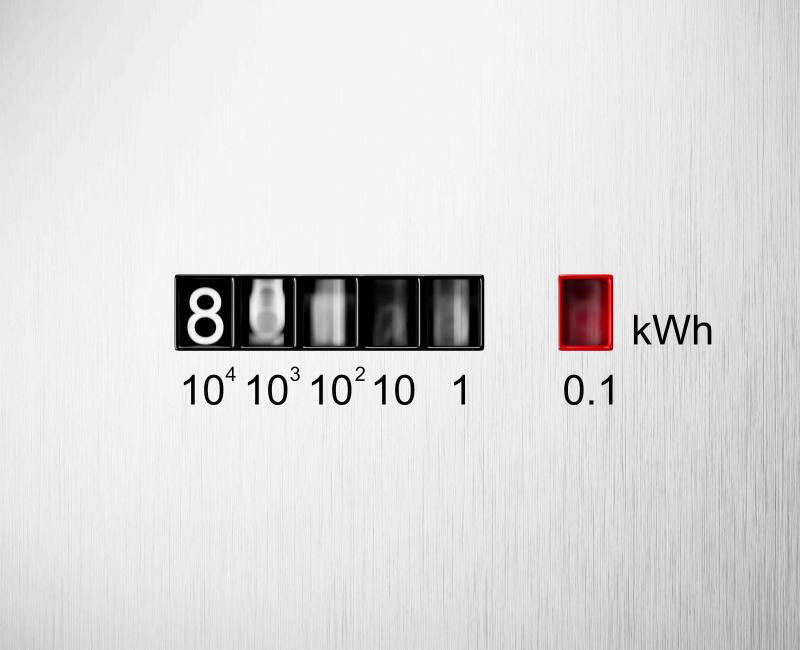ACER will consult on the impact of peak-shaving products on the EU electricity market under normal market conditions

ACER will consult on the impact of peak-shaving products on the EU electricity market under normal market conditions
What is it about?
Peak-shaving products are market-based tools that enable market participants to reduce their electricity consumption during peak demand periods in exchange for compensation.
Under the 2024 Electricity Market Design (EMD) Regulation, the Council can declare a regional or EU-wide electricity crisis if wholesale prices become excessively high. In such cases, Member States can instruct system operators to use peak-shaving products to reduce power demand, helping to stabilise the grid and lower prices.
ACER assessment
The EMD Regulation mandates ACER to assess the potential impact of developing peak-shaving products on the EU’s electricity market under normal market conditions. This assessment should also evaluate whether these products can be introduced without disrupting the functioning of electricity markets or redirecting demand response services towards peak-shaving products.
In February 2025, ACER established an Expert Group to provide guidance on the topic. To further strengthen this assessment, ACER will gather inputs from stakeholders through a public consultation from 20 March 2025 until 17 April 2025.
Next steps
Based on the findings of ACER’s assessment (expected in summer 2025), the European Commission may propose amendments to the Electricity Regulation to introduce peak-shaving products beyond electricity price crisis situations.
Update as of July 2025: After engaging with stakeholders, ACER has concluded that the drawbacks of introducing peak-shaving products under normal conditions outweigh the potential benefits. Therefore, ACER does not recommend amending the existing legal framework to allow their use outside of electricity price crisis situations.












